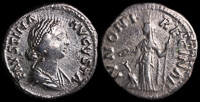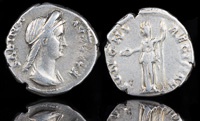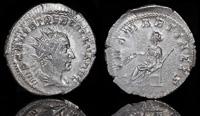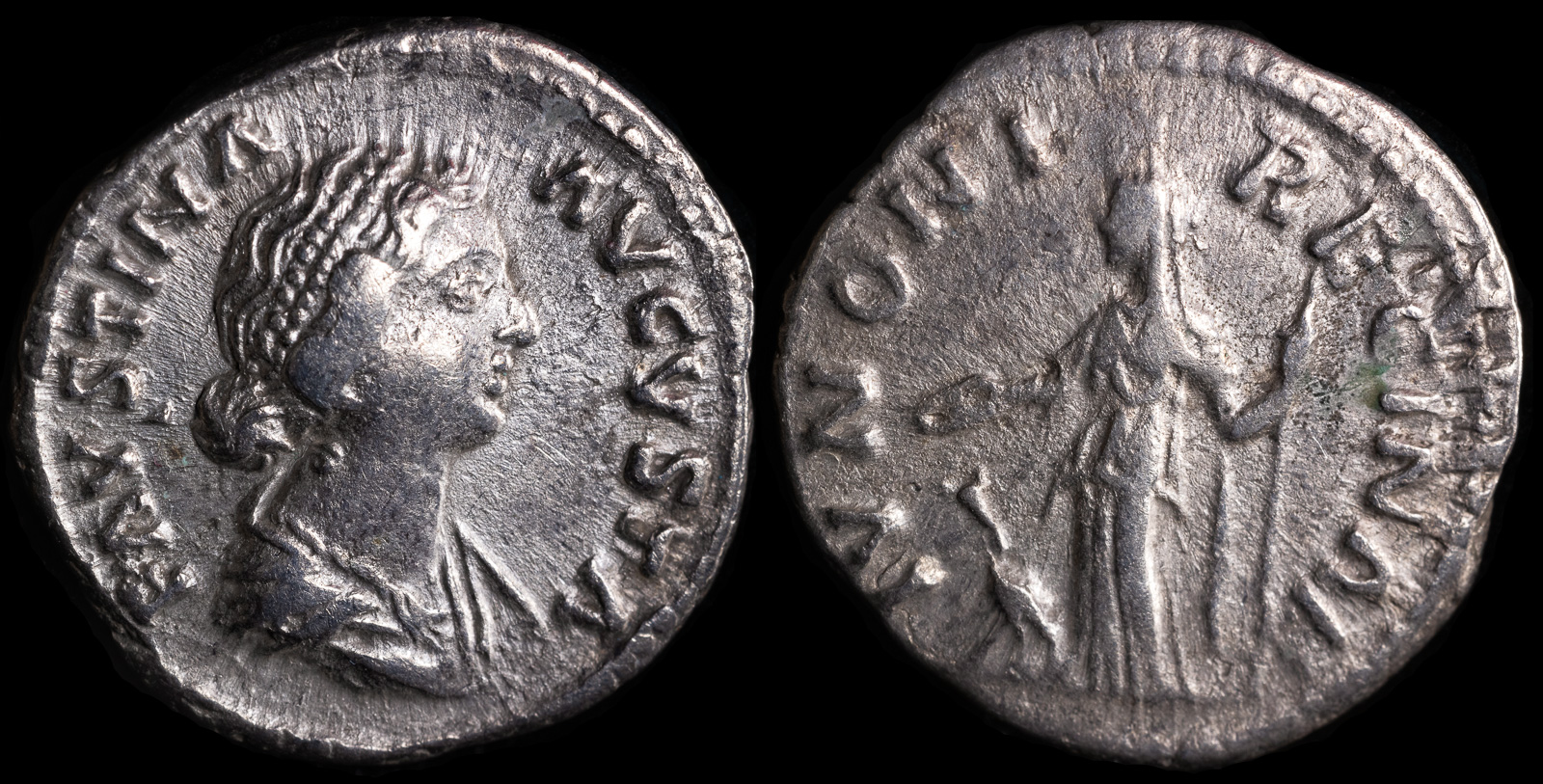Juno
View All Tags
In Roman mythology, Juno is the counterpart to the Greek Hera, but her representation tends to emphasize her role as the guardian of the Roman state and its values. As the consort of Jupiter (the Roman equivalent of Zeus), Juno is not only a goddess of marriage but also a protector of the Roman people and the family unit. While Juno shares many of Hera’s functions in relation to marriage and childbirth, she is often depicted more closely tied to Roman civic life and imperial power. In this context, Juno is sometimes seen as a more politically charged figure, embodying the virtues of Roman society, including fertility, protection, and warfare, as opposed to Hera’s more personal and family-centered role. The Romans also viewed Juno as a divine protector of women, especially during their childbearing years, and she had a strong association with the mother goddess archetype.
One of the key differences between Hera and Juno is their roles in the mythologies of their respective cultures. While Hera is often involved in intricate and dramatic personal conflicts driven by jealousy, anger, and betrayal, Juno in Roman myth has a slightly more formalized, state-driven role, especially as a protector of the Roman state and its leaders. The Romans also imbued Juno with a more positive and powerful image in terms of her relationship to the state, and she was often invoked in rituals for statecraft and imperial rule. For example, the “Juno Regina” title given to her during the late Republic emphasized her role as the protector of the Roman people and the ruler of the Roman world, reflecting the Roman belief in divine intervention in matters of the state and empire.

Faustina the Younger 147-175 CE

Sabina 133-135 CE

Trebonianus Gallus 251-253 CE

Volusian 251-253 CE
